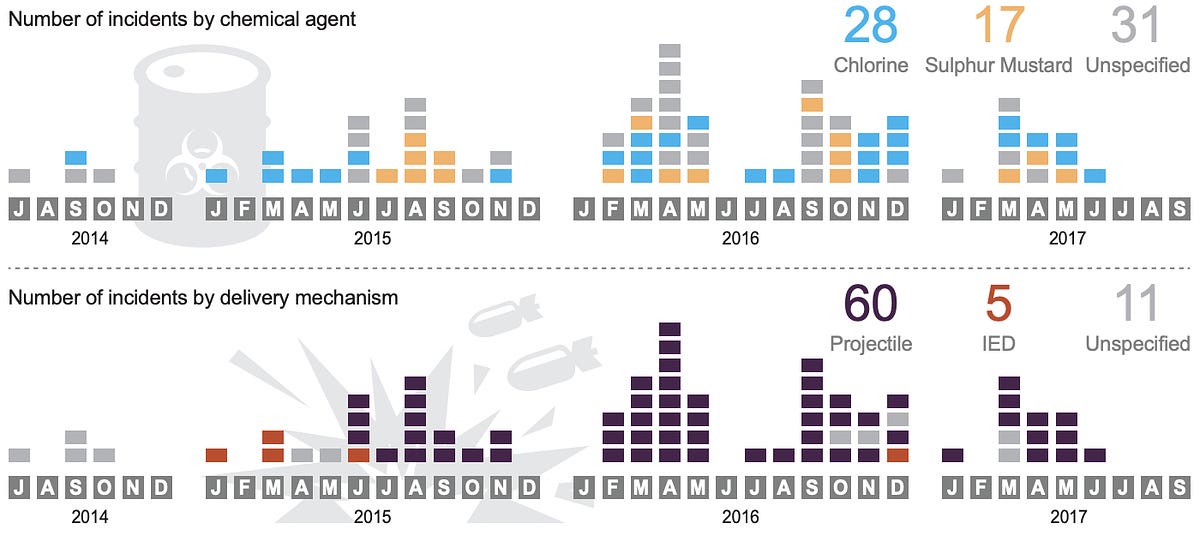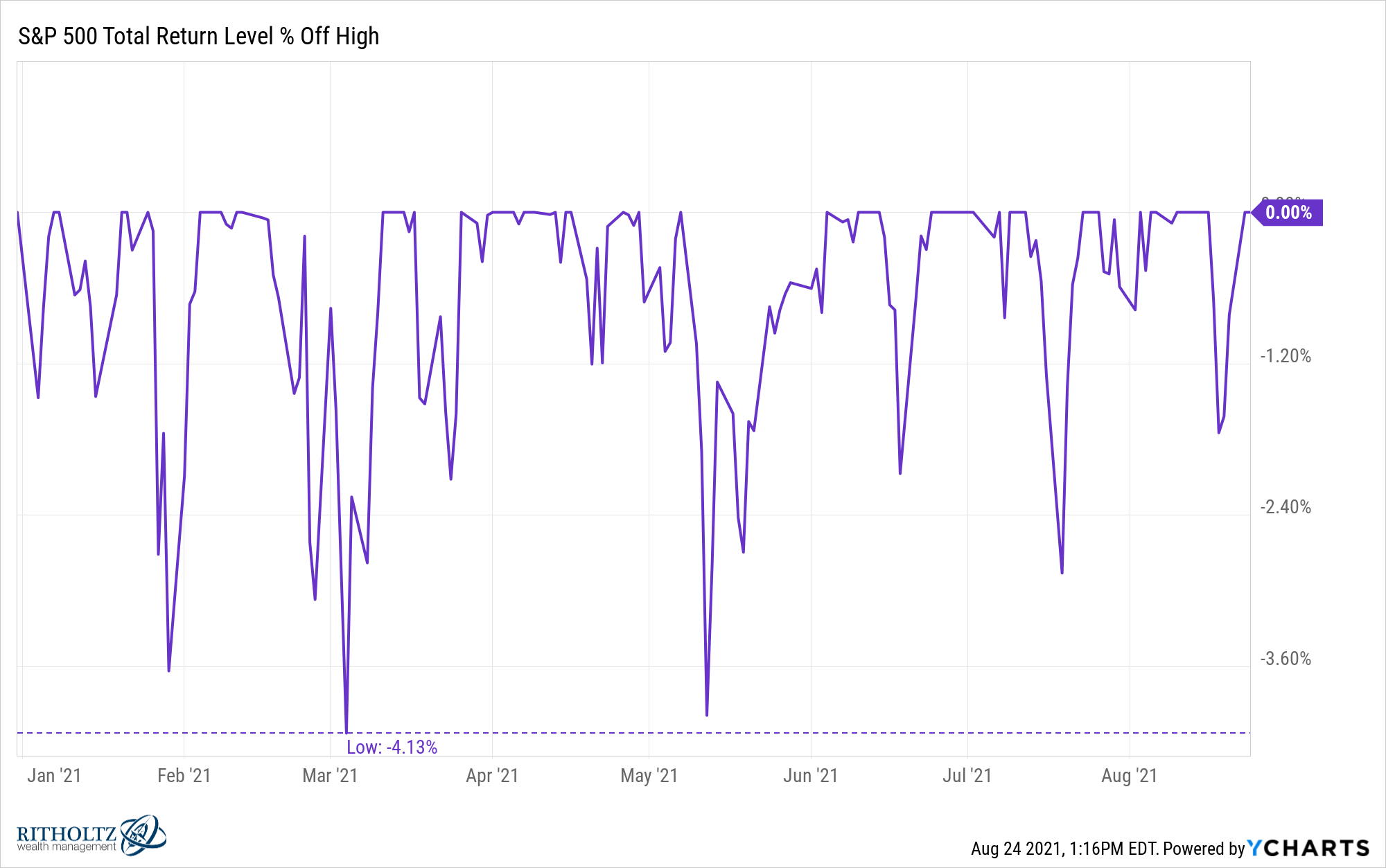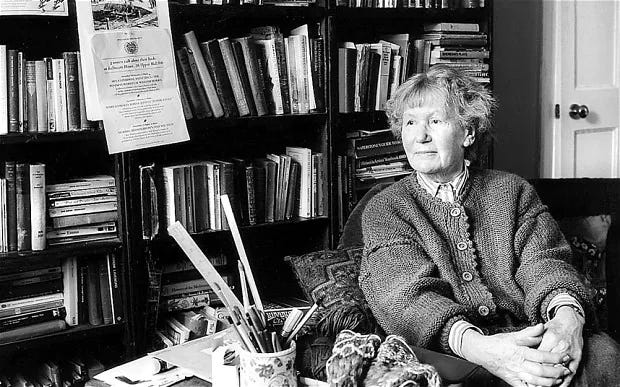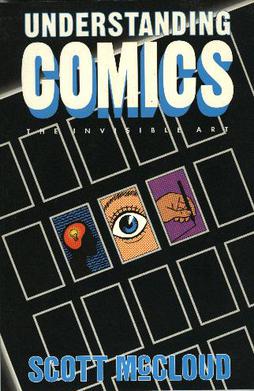
Why did Berkshire Hathaway's stock threaten Nasdaq, as explained by The Economist?
BERKSHIRE HATHAWAY shares have climbed steadily in value over nearly six decades. Other companies would have split their shares, lowering the unit price to make them more attractive to a range of investors. In 1995 Warren Buffett, Berkshire Hathaway’s boss, rejected this idea, saying that it might result in “an awful lot of people buying it who didn’t have the faintest idea what they were doing”. Now his stance has had an unintended consequence. The recent stockmarket rally has pushed Berkshire Hathaway’s “Class A” shares so high that they have threatened to break the pricing and reporting system of the Nasdaq stock exchange. The shares, valued at more than $435,000 each on May 6th, tripped up computer systems unprepared for values quite so large. Nasdaq’s are not the only systems to be dumbfounded by big numbers. YouTube, the world’s biggest video-sharing site, once struggled with a similar problem. Why are such systems limited, and how are they fixed?
It’s all about the bits. Computers use binary digits, or bits, that can store 0 or 1 as a potential value, grouped typically into units of eight digits. An eight-digit binary number, which can represent values from 0 to 255, is called a byte. Larger numbers are represented using multiple bytes. Two bytes (or 16 bits) can represent numbers from 0 to 65,535; four bytes (or 32 bits) can represent numbers from 0 to 4,294,967,295; and so on. Programmers determine the highest possible value that a system needs to represent, and no larger, to conserve memory and reduce the burden on calculation.












/cloudfront-us-east-1.images.arcpublishing.com/pmn/2OMDYOYIKRDYJOSDNJCST4GN34.jpg)











